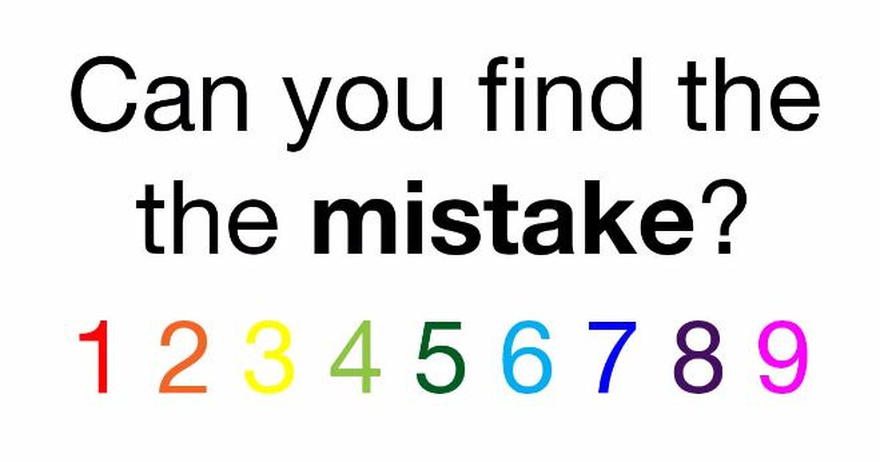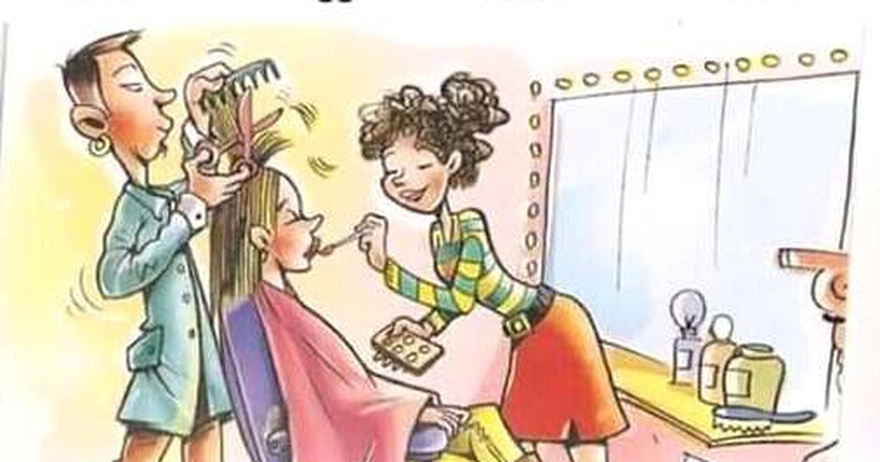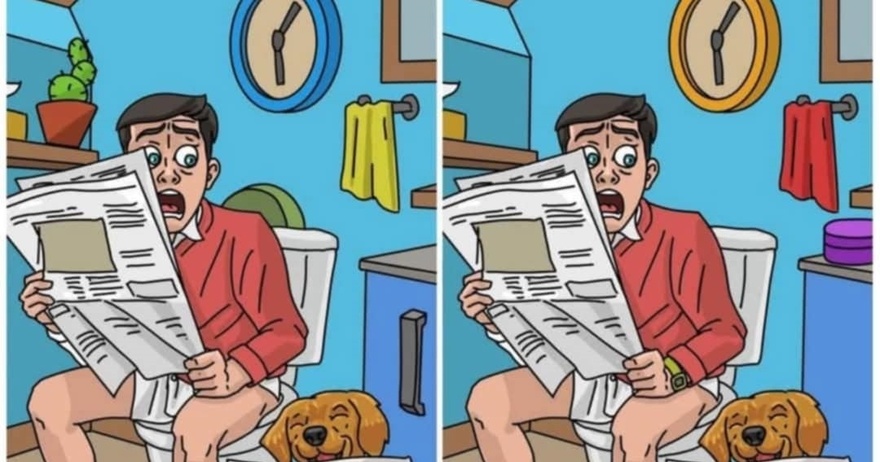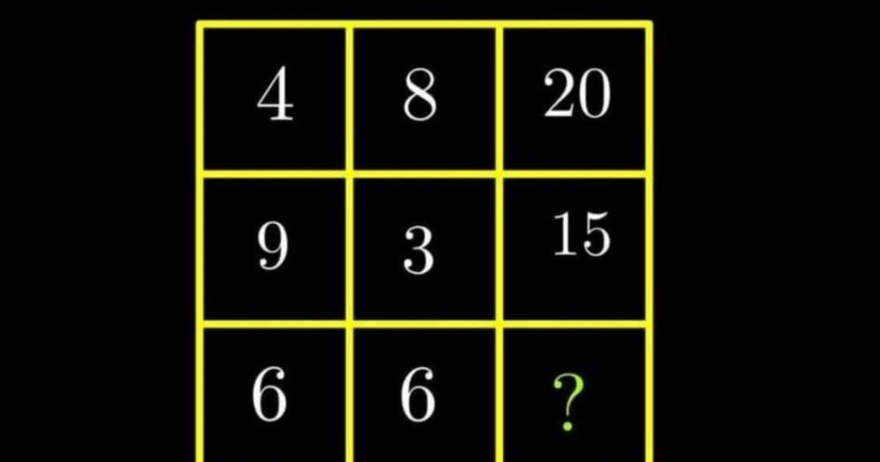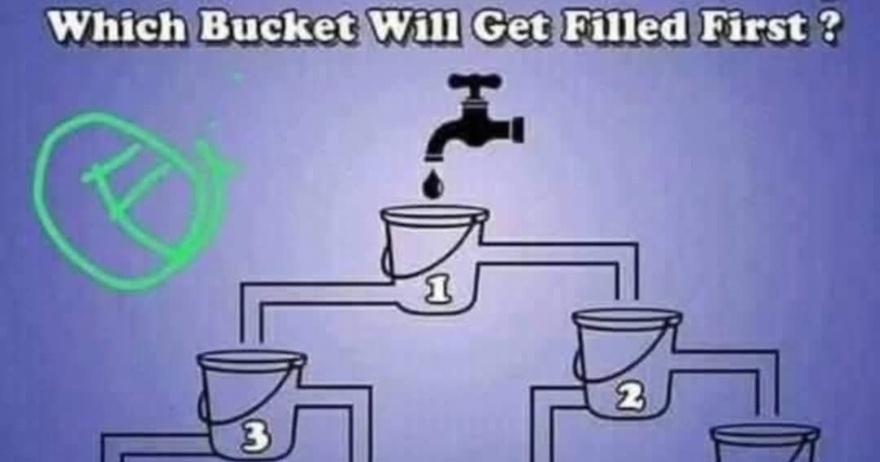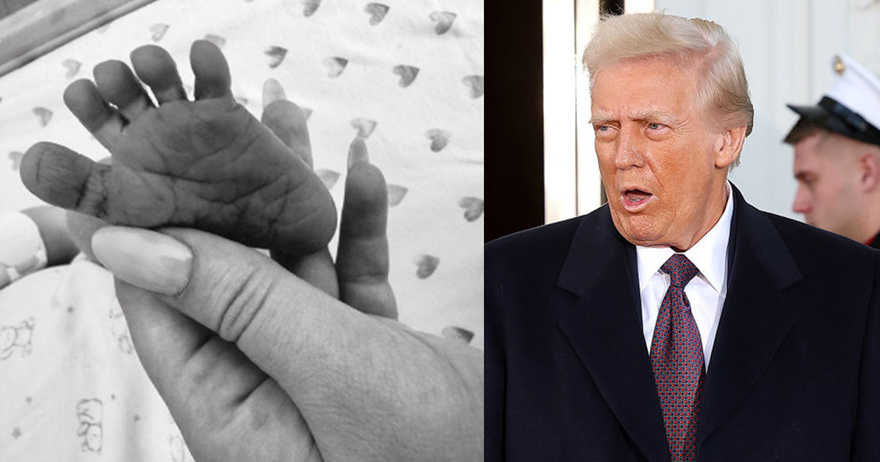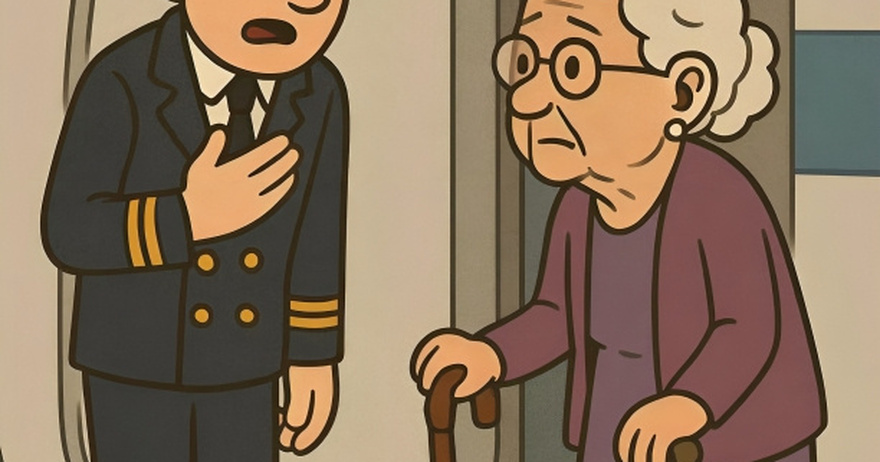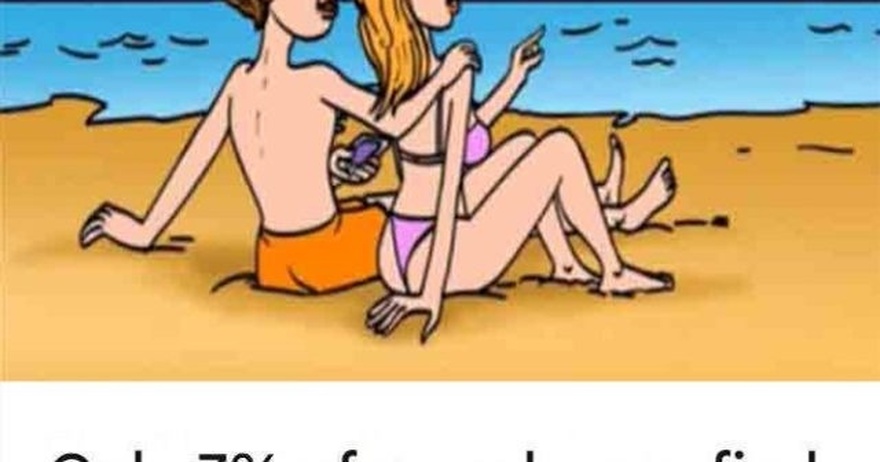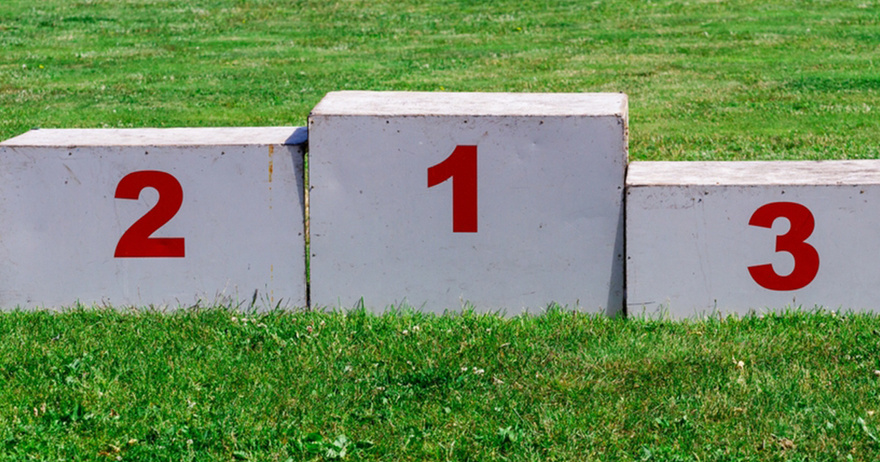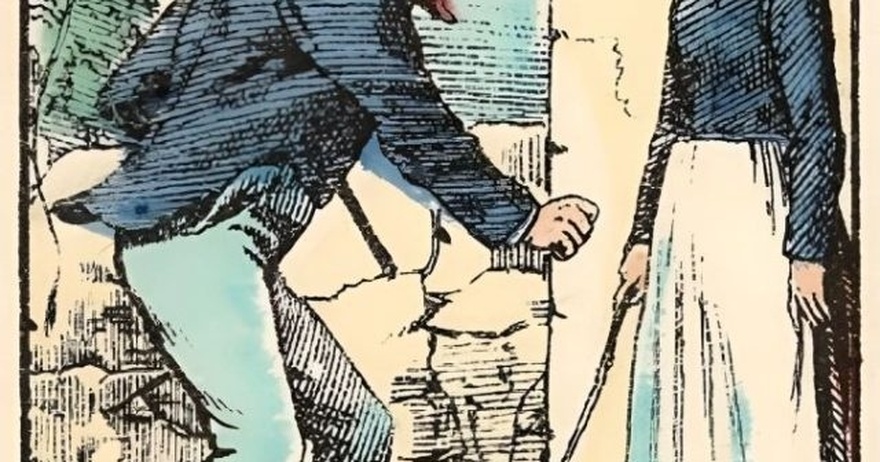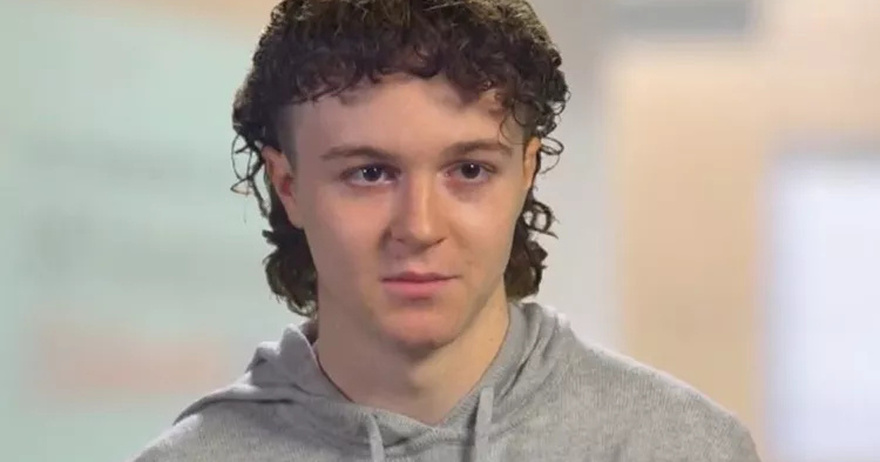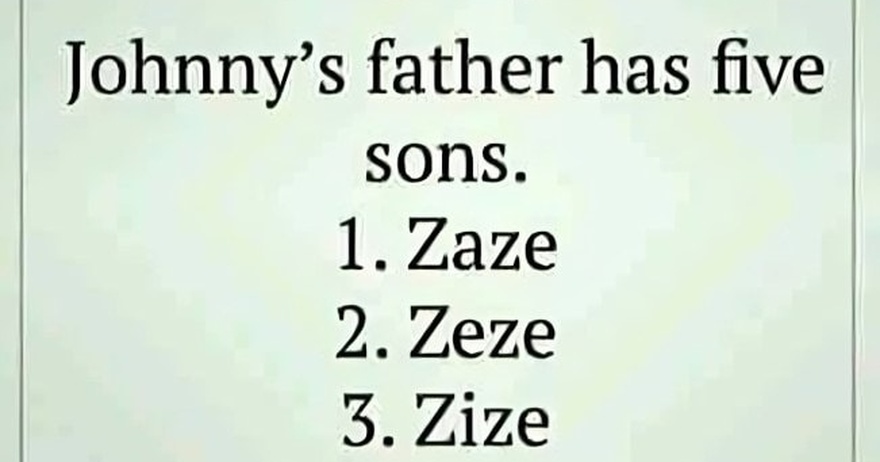Are you ready to challenge your brain with a deceptively simple puzzle? This one isn’t your usual optical illusion, but it’s designed to test your visual perception and attention to detail in a similar way. It looks straightforward, but don’t be fooled—it’s trickier than it seems. Ready to dive in and give your brain a bit of a workout?
The Challenge: Spotting the Sneaky Error
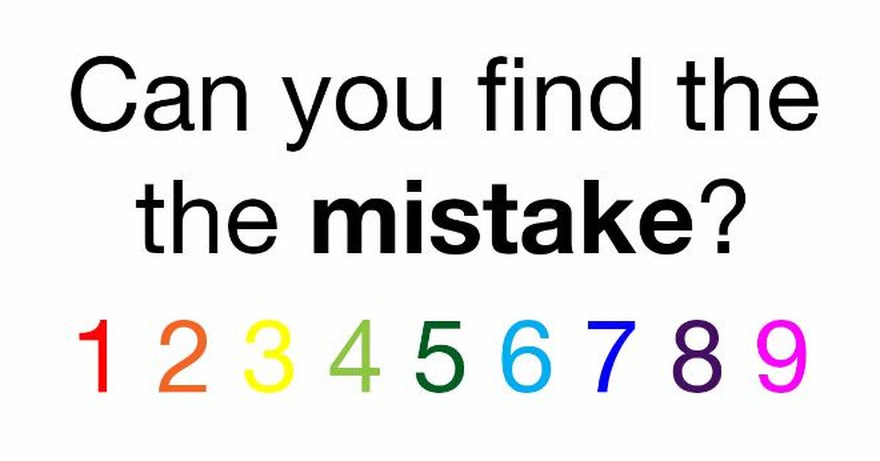
Here’s how it works: look at the image (or in this case, the phrase) and try to find the mistake. It might seem like a straightforward task, but be prepared—most people spend more time on this than they expect. Many get caught up scrutinizing every detail before finally noticing the error hiding in plain sight. Take your time, and remember, the answer is down below—but no peeking until you’ve given it your best shot!
What’s Your First Instinct?
Most people start by examining each word closely, looking for anything that seems out of place. Perhaps you’re counting the words, checking for spelling errors, or even analyzing any numbers or colors that might be present. But here’s the twist: the mistake isn’t in the way you’d expect!
Why We Tend to Overlook the Obvious
When we’re faced with puzzles like this, our brains naturally skim over details that seem familiar. This puzzle’s error is hidden in the most common of places—the text itself. Let’s take a closer look at the phrase, “Can you find the the mistake?”
Did you catch it? If not, try reading it aloud. You’ll notice that “the” is repeated twice in a row. It’s so subtle that our brains often overlook it because we’re wired to process familiar phrases quickly. This quirky aspect of human perception is what makes this type of puzzle so effective at tricking us.
Step-by-Step Guide to Solving the Puzzle
Still haven’t found it? Let’s break down some strategies for catching these types of sneaky errors:
1. Read the Text Aloud
Hearing the words aloud can sometimes help us catch repeated phrases or words that our eyes might skim over. Try saying, “Can you find the the mistake?” aloud. You might just catch that pesky double “the” as it disrupts the flow.
2. Look for Repetition
Repetition is one of the most common traps in puzzles like this. We naturally focus on errors in numbers, colors, or order, but often, the trick lies in repeated words. By training yourself to look for repeated words, you’ll be more likely to catch these sneaky mistakes in the future.
3. Ignore the Distractions
In some versions of this puzzle, you’ll see colorful numbers or other elements designed to draw your attention away from the actual mistake. These distractions are intentional and meant to keep you focused elsewhere. In this case, the numbers or colors are correct and only serve as a red herring.
4. Double-Check the Text
Now that you’ve examined everything else, go back to the phrase one more time. Take a moment to really focus on each word individually. That’s when you’re most likely to catch the repeated “the” in “Can you find the the mistake?”
The Solution: It’s All in the Details

If you haven’t spotted it by now, here’s the solution. The mistake lies in the text itself—the word “the” appears twice in a row. Because our brains tend to gloss over familiar phrases, this small error often goes unnoticed. It’s a great example of how our minds prioritize speed over precision, especially when processing language we’re accustomed to seeing.
Why This Puzzle Works So Well
This type of puzzle is effective because it taps into how our brains process written information. Familiar phrases are quickly glossed over as our brains fill in the gaps, allowing us to read more efficiently. However, this also makes us vulnerable to little tricks like repeated words, which can be hidden in plain sight without our noticing. It’s a clever way to highlight the quirks of human perception and keep us on our toes.
Try More Puzzles to Sharpen Your Observation Skills!
Did you find the error on your first try, or did it take a while? Either way, puzzles like this are a fun way to challenge your brain, improve your attention to detail, and build sharper observation skills. These visual and language-based challenges can be incredibly rewarding once you find the solution, so keep testing yourself with similar puzzles!
Try sharing this one with friends or family to see if they catch the mistake right away. Sometimes, the most fun lies in seeing just how tricky these seemingly simple puzzles can be. By taking on more challenges like this, you’ll be keeping your mind agile and alert, ready to spot the smallest of details.
Conclusion: Embrace the Fun of Slowing Down
Puzzles like this remind us of the value in taking our time and paying attention to detail. In our fast-paced world, it’s easy to skim over information quickly, but sometimes the most interesting things lie in the details we tend to overlook. Next time you’re reading or working through a similar puzzle, slow down and take a closer look—you might be surprised at what you find!
